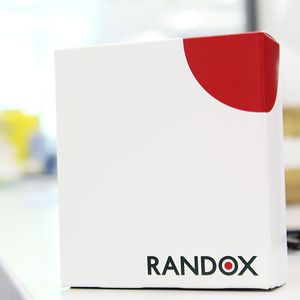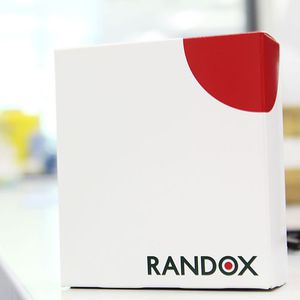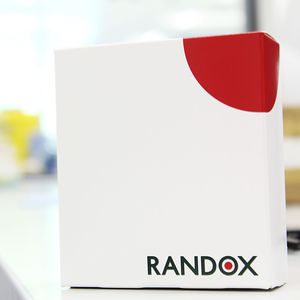
- Laboratory
- Laboratory medicine
- Solution reagent
- Randox Laboratories
- Products
- Catalogs
- News & Trends
- Exhibitions
Solution reagent CE190for clinical chemistryproteincolorimetric
Add to favorites
Compare this product
Characteristics
- Type
- solution
- Applications
- for clinical chemistry
- Tested parameter
- protein
- Method
- colorimetric
- Storage temperature
Max.: 8 °C
(46 °F)Min.: 2 °C
(36 °F)
Description
The Randox methodology was compared against other commercially available methods and the Randox cholinesterase (butyryl) reagent showed a correlation coefficient of r=0.9959
Other features of the Cholinesterase (Butyryl) (BCHE / BuCHE) reagent
Colorimetric method
Lyophilised reagents
Correlation coefficient of r=0.99 when compared with another commercially available method
Measuring range 455-28722U/l
What is the Cholinesterase (Butyryl) (BCHE / BuCHE) assay used for?
What is cholinesterase (butyryl)?
Cholinesterase (butyryl) (BCHE / BuCHE), also known as pseudocholinesterase, is a protein coding gene and is a serine hydrolase synthesised in the liver and is responsible for catalysing the hydrolysis of numerous choline esters. It can be found in the liver, intestinal mucosa, plasma, pancreas and the white matter of the central nervous system of mammals.
The Randox Cholinesterase (butyryl) reagent is used for the quantitative in vitro determination of BCHE in serum and plasma. BCHE can be used to diagnose cholinesterase (butyryl) deficiency and curariform drugs toxicity.
The Randox Cholinesterase (butyryl) reagent can also be used as a diagnostic and therapeutic marker for Alzheimer’s disease as BCHE activity progressively increases in patients with Alzheimer’s disease whereas acetylcholinesterase activity remains the same or declines. In Alzheimer’s disease, BCHE is found in association with beta-amyloid plaques and the cerebral cortex, whereas it is not commonly found in any other case. A study carried out by NCBI found that when the BCHE gene is not found in the brain, there are up to 70% less beta-amyloid plaques.
Catalogs
No catalogs are available for this product.
See all of Randox Laboratories‘s catalogsRelated Searches
- Randox test kit
- Randox solution reagent
- Blood assay kit
- Randox molecular biology reagent
- Randox research reagent
- Randox diagnostic reagent
- Randox protein reagent
- Randox laboratory reagent
- Immunoassay rapid diagnostic test
- Randox enzyme reagent
- Molecular test kit
- Cassette rapid diagnostic test
- Whole blood detection kit
- Respiratory infection test kit
- Randox rapid virus test
- Randox histology reagent
- Randox biochemistry reagent
- Randox rapid infectious disease test
- Randox immunoanalysis reagent
- Cassette assay kit
*Prices are pre-tax. They exclude delivery charges and customs duties and do not include additional charges for installation or activation options. Prices are indicative only and may vary by country, with changes to the cost of raw materials and exchange rates.
























































































